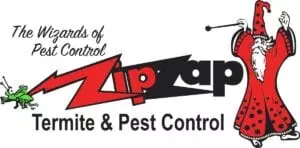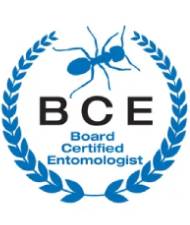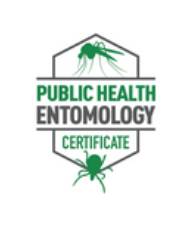Stinging Insects in Missouri Facts
Americans are concerned about getting stung.
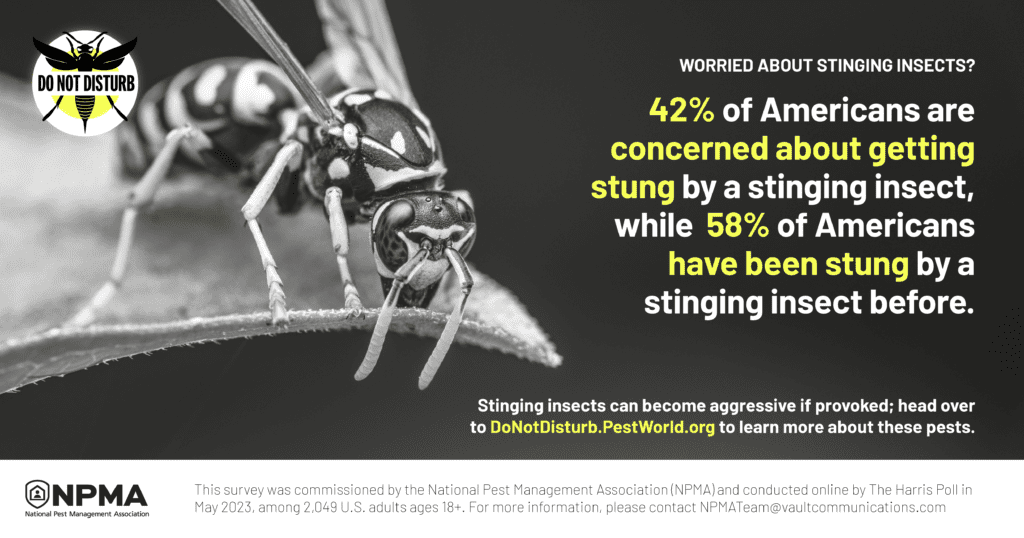
Stinging insects in Missouri can be a threat to you and your family. A whopping 42% of Americans share your concern about getting stung by a bee, wasp, hornet, or other stinging insect. That’s a lot of people! And with good reason – 58% of us have been stung before, so we know firsthand how painful it can be. While most stings are just a temporary nuisance, it’s important to understand how to avoid getting stung in the first place. The good news is that some knowledge about stinging insects in Missouri can go a long way. Please keep reading to learn how to identify these insects, understand why they sting, and find tips to keep them at bay.
Beyond a Nuisance: The Risks of Stinging Insect Reactions
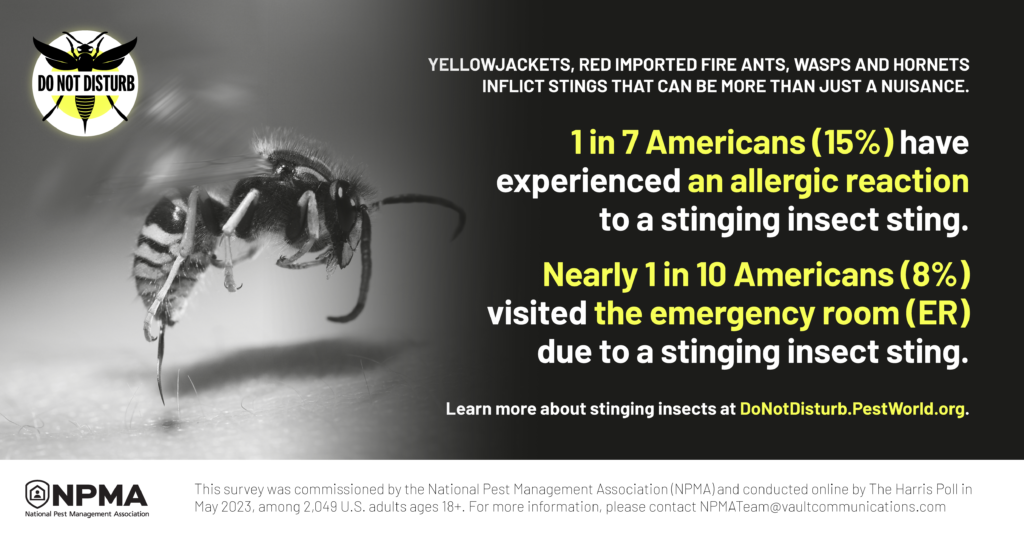
Stinging insects in Missouri, like yellowjackets, red imported fire ants, wasps, and hornets, can inflict more than a painful welt. A surprising number of Americans have experienced serious reactions to their stings. Did you know that 1 in 7 Americans (roughly 15%) have had an allergic reaction to a sting? That’s a significant portion of the population. Even more concerning is that nearly 1 in 10 (8%) have required emergency room visits due to a stinging insect sting. These statistics highlight the importance of awareness and prevention regarding stinging insects.
Stinging Insects are More Active in the 2nd Half of Summer.
Do Stinging Insects Have You Buzzed? (by the National Pest Management Association)
This video explains why it’s essential to identify stinging insects in Missouri, like wasps, hornets, and yellowjackets if you find them around your house. You’ll learn:
- The dangers of stinging insects, including allergic reactions.
- How to safely identify these pests.
- Calling a professional pest control company is the best way to remove nests and prevent future problems.
By the end, you’ll know how to keep your home safe from these buzzing invaders!
Stinging Insect Nest at Your Home
Did you know nearly 4 out of 10 Americans have encountered a stinging insect nest on their property? That’s a surprisingly high number, highlighting the importance of knowing what to do if you find yourself in this situation. Stinging insects in Missouri, like wasps, hornets, and yellow jackets, can be dangerous, especially for those with allergies. Their nests can house hundreds or even thousands of insects, posing a significant threat if disturbed.
If you discover a nest on your property, the safest action is to avoid the area and contact a licensed pest professional immediately. These experts have the knowledge, experience, and equipment to remove the nest and eliminate the insect colony safely. They can also identify the type of stinging insect and recommend preventative measures to stop them from returning in the future. Don’t risk yourself or your loved ones – if you see a nest, call a professional for a safe and effective solution.
Don’t Live in Fear of Insects
Many Americans live in fear of getting stung by wasps, hornets, yellow jackets, and other stinging insects – and with good reason! Understanding these buzzing neighbors is crucial for keeping yourself and your family safe. Here’s why:
Don’t Live in Fear of Insects Around Your Home in Missouri
- Identification is Key: Different stinging insects have varying aggression and venom potency levels. Knowing the type of insect you’re dealing with allows you to react appropriately. For example, a fuzzy bumblebee is less likely to sting than a sleek yellowjacket, which is known for its aggressive behavior.
- Understanding Their Motives: Moreover, Stinging insects in Missouri don’t sting out of malice; they primarily use their stingers as a defense mechanism to protect their nests or themselves. By understanding why they might feel threatened, you can take steps to avoid provoking them.
- Prevention is Your Best Defense: Once stinging insects establish a nest near your home, it becomes a constant concern. Learning about their preferred nesting locations and taking preventative measures, like sealing potential entry points, can go a long way in keeping them at bay.
While knowledge is empowering, there are situations where professional help is essential. Here’s where pest management specialists come in:
Removing Nest Safely
- Safe Nest Removal: Moreover, Stinging insect nests can house thousands of individuals. Removing a nest can be dangerous, especially if you disturb the colony. Professionals have the experience and equipment to remove nests and eliminate threats safely.
- Species Identification and Targeted Solutions: Finally, professionals can accurately identify the type of stinging insect and recommend the most effective methods for long-term prevention. This could involve addressing factors that attract them to your property or using targeted traps and deterrents.
By understanding stinging insects and seeking professional help when necessary, you can create a safe and enjoyable outdoor space for yourself and your loved ones.

Jeffery Preece,BCE,PHE
Jeffery is a Board Certified Entomologist at ZipZap Termite & Pest Control
